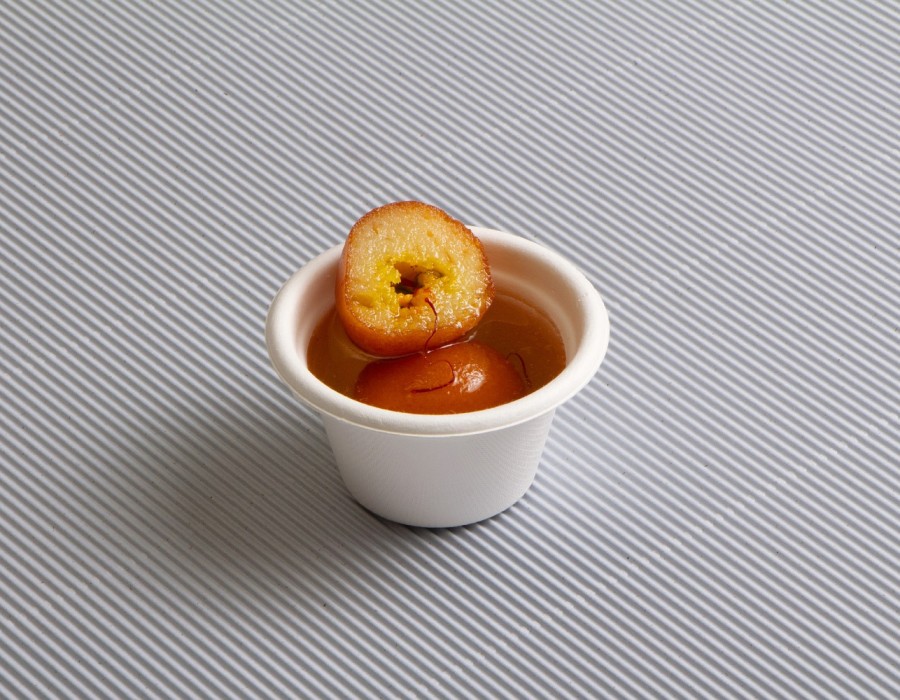Introduction
As the world grapples with the environmental impact of single-use plastics, there has been a significant shift toward sustainable alternatives. Bagasse bowls, made from the fibrous residue of sugarcane after juice extraction, have emerged as a leading eco-friendly option in the global market. Their popularity is driven by increasing consumer awareness of environmental issues, government regulations on plastic usage, and the growing demand for biodegradable products. As more industries seek to reduce their carbon footprint, the demand for bagasse bowls is expected to rise, offering vast opportunities for manufacturers and suppliers.
Regional Market Trends and Growth Drivers
The adoption of bagasse bowls varies by region, influenced by local regulations, consumer preferences, and the availability of raw materials. In North America and Europe, stringent environmental laws and a strong emphasis on sustainability have fueled the demand for bagasse bowls. In contrast, the Asia-Pacific region, where sugarcane production is abundant, is witnessing rapid growth in the production and export of these products. Emerging markets in Latin America and Africa are also beginning to embrace bagasse bowls as part of their efforts to reduce plastic waste, presenting new opportunities for expansion.
Innovation in Bagasse Bowl Design and Functionality
To meet the diverse needs of global consumers, manufacturers are continually innovating in the design and functionality of bagasse bowls. From enhanced durability and leak resistance to creative shapes and sizes, these innovations are making bagasse bowls more versatile and appealing across different industries. Customization options, such as printing company logos or creating unique designs, are also gaining traction, allowing businesses to use bagasse bowls as a branding tool. As innovation continues, the market for bagasse bowls is expected to diversify, with new applications and markets emerging.
Opportunities for Businesses and Entrepreneurs
The growing global market for bagasse bowls presents significant opportunities for businesses and entrepreneurs. Companies involved in the production, distribution, or retail of bagasse bowls can capitalize on the rising demand by expanding their product offerings, exploring new markets, and investing in sustainable practices. Additionally, small and medium-sized enterprises (SMEs) can leverage the trend towards local and sustainable products to carve out niche markets. With consumers increasingly prioritizing eco-friendly options, businesses that position themselves as leaders in sustainable packaging will likely see substantial growth in the coming years.
Challenges and Future Outlook
Despite the promising growth prospects, the bagasse bowl market faces challenges such as supply chain disruptions, competition from other sustainable materials, and fluctuating raw material prices. However, with ongoing advancements in manufacturing technology and increasing global awareness of environmental sustainability, the future of bagasse bowls looks bright. Companies that can navigate these challenges and continue to innovate will be well-positioned to lead the market and contribute to a more sustainable future.
In conclusion, the global market for bagasse bowls is on an upward trajectory, driven by the demand for sustainable packaging solutions and innovations in product design. Businesses that seize the opportunities in this evolving market stand to benefit from both financial gains and a positive environmental impact.





Comments